6 High-Oxygen Plants to Freshen Your Home
Fresh, oxygen-rich air is the key to a healthier lifestyle and a more pleasant home environment. While air purifiers are one option, nature offers an even better solution — high-oxygen indoor plants.
These green companions don’t just beautify your living spaces; they actively filter toxins, increase oxygen levels, and promote overall well-being.
In this guide, you’ll explore 6 of the best oxygen-producing indoor plants you can grow at home with ease. You’ll also learn their benefits, care tips, and how they can improve your home’s air quality.
Why High-Oxygen Indoor Plants Are Essential for Your Home
We spend more than 80% of our time indoors — at home, work, or in enclosed spaces. Poor ventilation, indoor pollutants, and carbon dioxide build-up can cause headaches, fatigue, and respiratory issues.
High-oxygen plants help in three important ways:
Oxygen Release – Through photosynthesis, they release fresh oxygen into the air.
Toxin Removal – Many plants filter harmful chemicals like benzene, formaldehyde, and ammonia.
Humidity Control – Certain plants maintain indoor moisture, preventing dryness and making breathing easier.
NASA’s Clean Air Study has confirmed that some plants are especially effective, making them ideal for homes and offices.
Snake Plant (Sansevieria trifasciata)
Also known as Mother-in-Law’s Tongue, the Snake Plant is one of the toughest and most adaptable houseplants.
Benefits:
Releases oxygen at night, ideal for bedrooms.
Filters toxins like benzene, formaldehyde, and xylene.
Very low-maintenance, thriving in both bright and low light.
Care Tips:
Water sparingly; allow soil to dry between waterings.
Tolerates neglect, perfect for beginners.
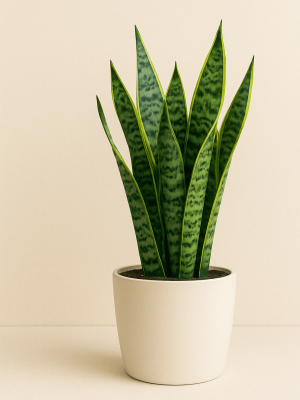
Areca Palm (Dypsis lutescens)
Often called the Butterfly Palm, the Areca Palm is a tropical beauty with elegant fronds.
Benefits:
Acts as a natural humidifier.
Excellent at absorbing CO₂ and releasing oxygen.
Adds a lush, tropical vibe to your home.
Care Tips:
Needs bright, indirect light.
Water regularly but avoid soggy soil.
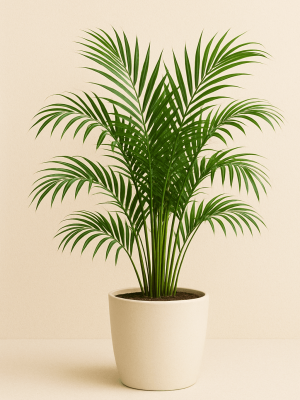
Aloe Vera (Aloe barbadensis miller)
Known for its healing gel, Aloe Vera is also a great night-time oxygen producer.
Benefits:
Releases oxygen at night, perfect for bedrooms.
Removes formaldehyde and benzene.
Gel helps treat burns, cuts, and skin issues.
Care Tips:
Needs bright, indirect sunlight.
Water only when soil is completely dry.
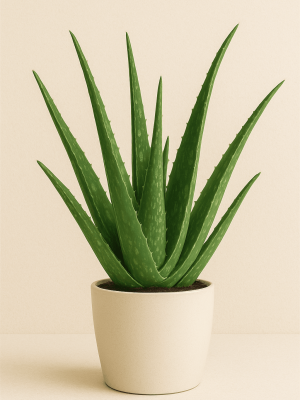
Peace Lily (Spathiphyllum)
With white blooms and glossy leaves, the Peace Lily is both functional and beautiful.
Benefits:
Removes ammonia, benzene, and formaldehyde.
Thrives in low-light spaces.
Adds elegance to living rooms and offices.
Care Tips:
Keep soil moist but not soggy.
Wipe leaves regularly to remove dust.
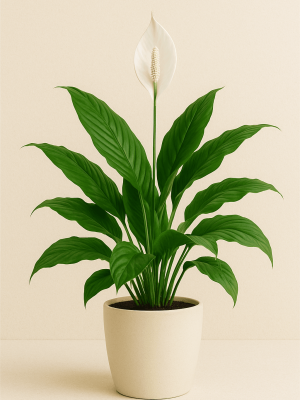
Gerbera Daisy (Gerbera jamesonii)
The cheerful Gerbera Daisy is a high performer in oxygen production.
Benefits:
Produces high oxygen levels at night.
Removes toxins like benzene and trichloroethylene.
Adds vibrant colors indoors.
Care Tips:
Needs bright, indirect sunlight.
Keep soil evenly moist.
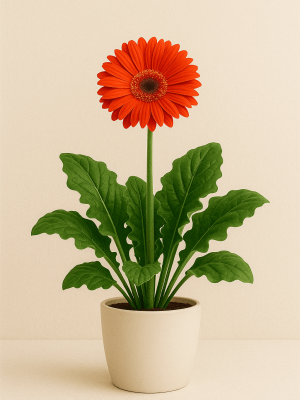
Golden Pothos (Epipremnum aureum)
Also called Devil’s Ivy, Golden Pothos is nearly indestructible.
Benefits:
Filters toxins like formaldehyde, benzene, and xylene.
Improves oxygen levels indoors.
Easy to grow and propagate.
Care Tips:
Thrives in low light but prefers bright, indirect light.
Water when top soil feels dry.
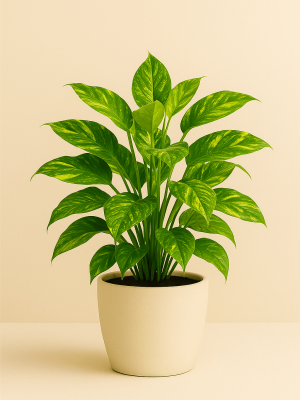
Conclusion
These high-oxygen indoor plants not only beautify your home but also improve your air quality naturally. Start with one or two varieties and enjoy a healthier, fresher living space.
Frequently Asked Questions (FAQ)
Q1: Which indoor plant produces the most oxygen?
Snake Plant and Areca Palm are among the top oxygen producers for homes.
Q2: Do plants really purify indoor air?
Yes, NASA studies confirm certain plants remove toxins and improve air quality.
Q3: Which plants release oxygen at night?
Snake Plant, Aloe Vera, and Gerbera Daisy release oxygen even at night.
